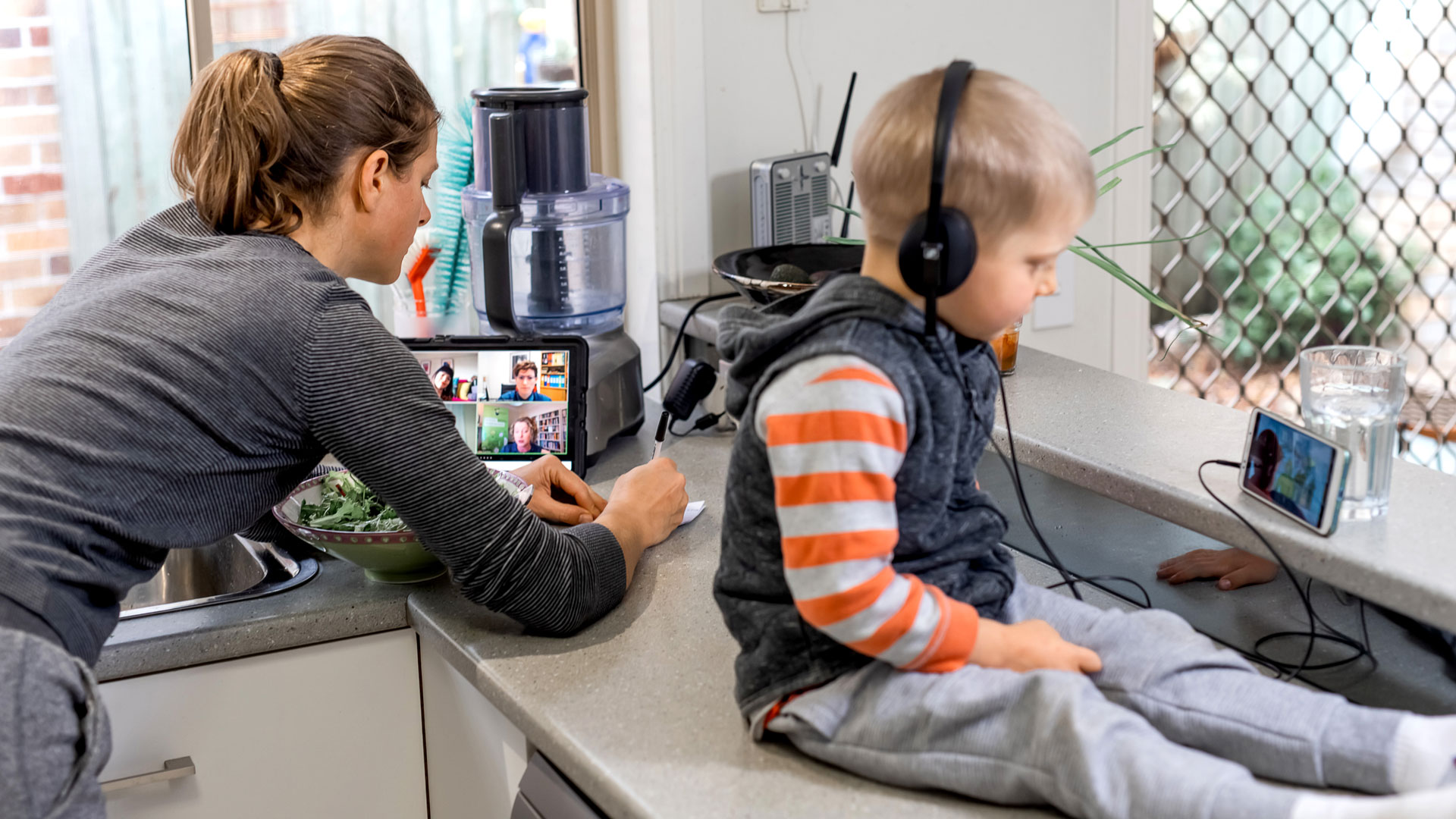When countries started shutting down in response to COVID, people started scrambling for a remote video conferencing tool that worked for large numbers of people. Almost overnight, Zoom became the most ubiquitous platform. In March of 2020 alone, Google searches for Zoom increased by 10 million.
Businesses, schools, churches, city councils, and any other group with regular meetings used this tool to improve communication during the pandemic. But pretty quickly, we discovered the impact of all these remote meetings, and the term “Zoom fatigue” was added to our lexicon.
“Zoom fatigue” points to a specific form of exhaustion that comes from too many remote meetings, and mental health workers assure us that it’s a real thing. Whether you’re using Skype, Google Hangouts, or any other conferencing apps, the result can be tiredness, burnout, sore eyes, lack of focus, and impatience.
Churches need to be mindful of this. Because even if you’re not having a lot of Zoom meetings, your members are. Here are four things churches can do to help with Zoom fatigue.
1. Don’t call unnecessary meetings
Honestly, this should be the case all the time anyway. If people need clarity, they should be able to go to the most pertinent individual and call it good. There are church Zoom meetings for every ministry, it’s taxing on the people who volunteer in a variety of ministries.
If you can communicate through emails, texts, messenger, or phone calls, do so.
2. Encourage people to turn their mics and camera off
One thing that contributes to Zoom fatigue is the “always-on” feeling of being in a lot of video meetings. Even when you’re not talking, you feel like you can’t sneeze, look away, or do any other normal thing that might be a distraction.
You haven’t lost people’s attention if you can’t see them. In fact, they might be paying more attention because they’re not focused on how they look.
Pro-tip: Video doesn’t need to be the default. Meetings can still be productive if you can’t see people’s faces.
3. Record video when it’s appropriate
Are you doing a kick-off video for a new ministry? Leading a meeting that’s mostly a status update about a project? Pre-record these messages—sometimes, a video message can entirely replace a meeting. But even when they can’t, it cuts down crosstalk and cuts down the meeting time.
The same is true for other ministries and worship gatherings. If you can pre-record some of your teaching and instruction, you’ll save everyone a lot of time.
4. Cut out the chatting
If you have to be in a lot of Zoom meetings, you agonize over the fact that you have to be there on time but the first five+ minutes will be idle chatting. Over the course of the day, these moments add up (and can become maddening). It might seem unfriendly, but cut that time out. You’ll be doing everyone a favor and demonstrating that you respect their time.
Start and end promptly with the smallest amount of time dedicated to small talk, and stick to the agenda.
What are the long-term impacts of COVID on the church?
We’re just beginning to get a handle on numerous ways that COVID has impacted the culture. Zoom fatigue is just the tip of the iceberg. If you’re interested in discovering the lasting impact that this pandemic will have on the church and how we can adapt to the situation, check out our free ebook Churches in the Wilderness Navigating COVID-19 and the New Normal.

